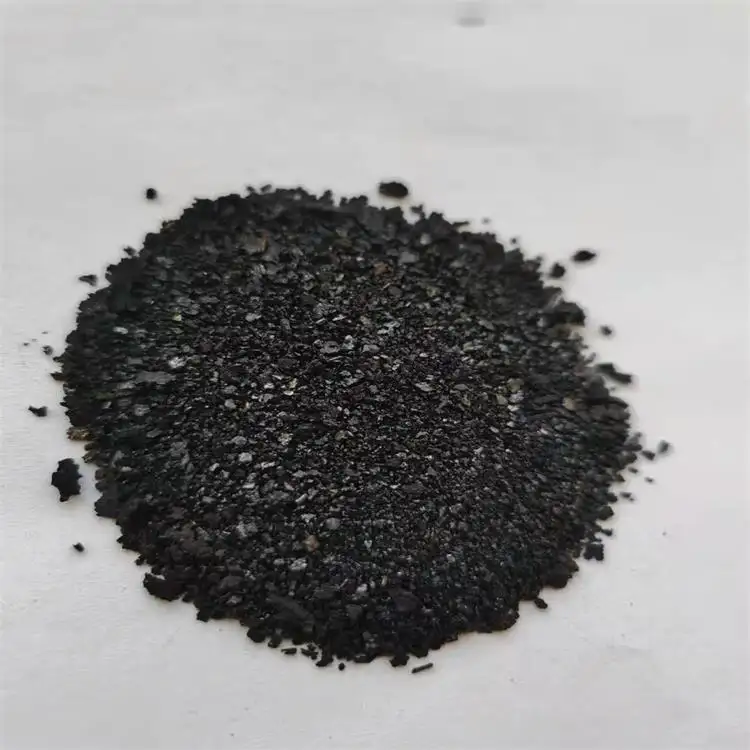light indigo color company


The appeal of Japanese indigo extends beyond aesthetics to ecological and ethical considerations. Natural indigo dyeing is a sustainable practice with minimal environmental impact compared to synthetic dyes, which often contain harmful chemicals that can damage ecosystems. Choosing indigo-dyed products from ethical Japanese producers ensures support for sustainable practices and the preservation of traditional craftsmanship. Consumers interested in Japanese indigo-dyed products can source authentic items from artisans who uphold the values of craftsmanship and sustainability. Buying directly from these artisans or reputable retailers guarantees not only quality and authenticity but also respect for cultural heritage and a commitment to eco-friendly practices. To ensure the longevity of indigo-dyed products, proper care is essential. When washing indigo-dyed fabrics, it's advisable to use gentle, natural detergents and cold water to prevent fading. Air drying, rather than machine drying, helps maintain the vibrancy of the dye. For indigo-dyed ceramics, gentle hand washing and immediate drying preserve the integrity of the piece, preventing stains or damage. Japanese indigo remains a compelling choice for artists, designers, and consumers seeking products that are not only visually striking but also grounded in history, culture, and environmental stewardship. Its enduring appeal lies in its rich tones and the stories woven into each piece—a testament to the artisans' skill and the natural beauty of Japan's landscapes. In a world increasingly conscious of sustainability and quality, the allure of Japanese indigo grows stronger. The vibrant blues evoke a sense of tranquility and depth, mirroring the seas and skies that have inspired generations of Japanese artists. Embracing indigo is more than an aesthetic choice; it is a connection to a legacy of artistry and respect for the earth. As we look to the future, indigo stands as a beacon of tradition, innovation, and the enduring beauty of natural craftsmanship.
-
Thermal Stability Analysis of Bromo Indigo Pigments
NewsJun.06,2025
-
Sulphur Black Dye Oxidation Process Optimization
NewsJun.06,2025
-
Lightfastness Testing of Bromo Indigo Dyed Denim
NewsJun.06,2025
-
Granule Size Distribution and Jeans Color Uniformity
NewsJun.06,2025
-
Gradient Dyeing Methods with Indigo Blue Granules
NewsJun.06,2025
-
Dyeing Temperature Effects on Sulphur Black Color Fastness
NewsJun.06,2025
-
Sulphur Black Dyes in Daily Use
NewsMay.07,2025

Sulphur Black
1.Name: sulphur black; Sulfur Black; Sulphur Black 1;
2.Structure formula:
3.Molecule formula: C6H4N2O5
4.CAS No.: 1326-82-5
5.HS code: 32041911
6.Product specification:Appearance:black phosphorus flakes; black liquid

Bromo Indigo; Vat Bromo-Indigo; C.I.Vat Blue 5
1.Name: Bromo indigo; Vat bromo-indigo; C.I.Vat blue 5;
2.Structure formula:
3.Molecule formula: C16H6Br4N2O2
4.CAS No.: 2475-31-2
5.HS code: 3204151000 6.Major usage and instruction: Be mainly used to dye cotton fabrics.

Indigo Blue Vat Blue
1.Name: indigo blue,vat blue 1,
2.Structure formula:
3.Molecule formula: C16H10N2O2
4.. CAS No.: 482-89-3
5.Molecule weight: 262.62
6.HS code: 3204151000
7.Major usage and instruction: Be mainly used to dye cotton fabrics.

